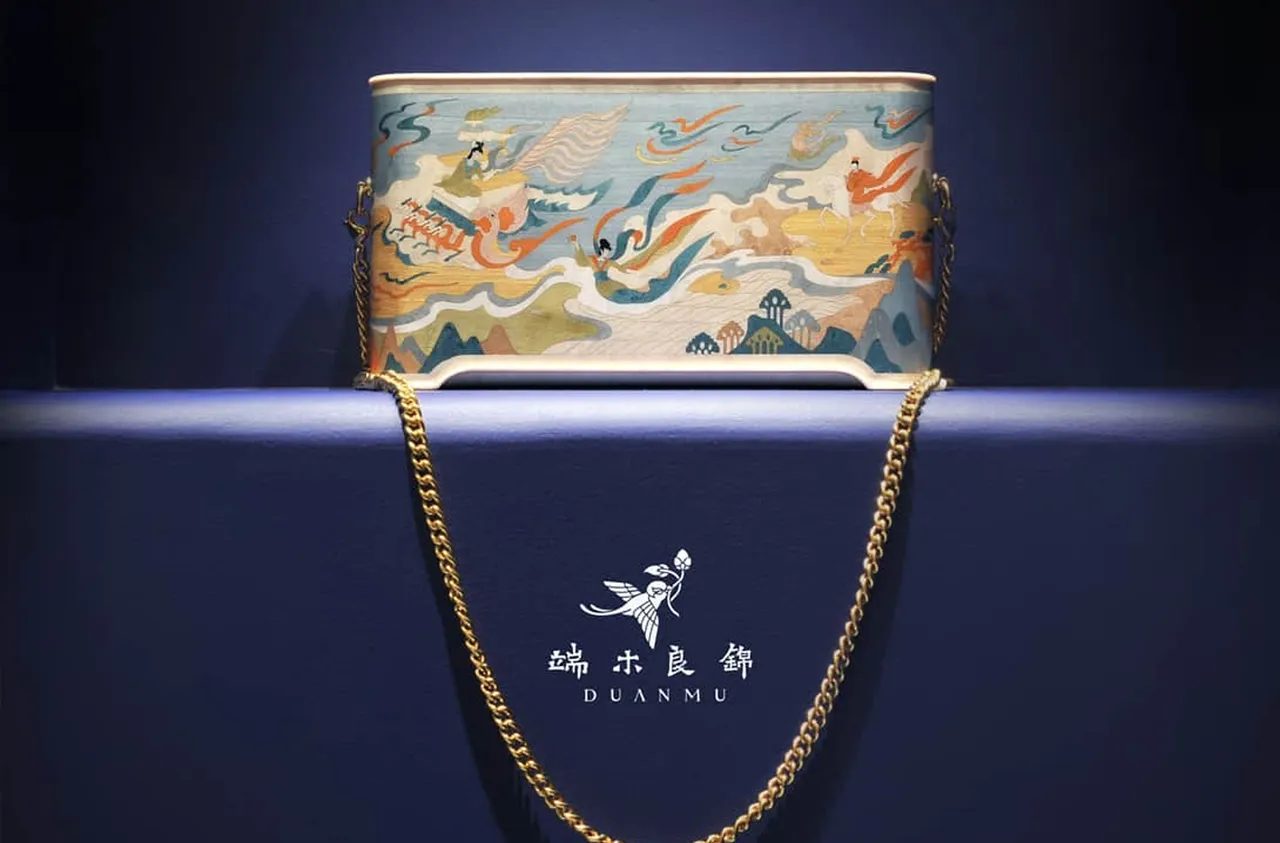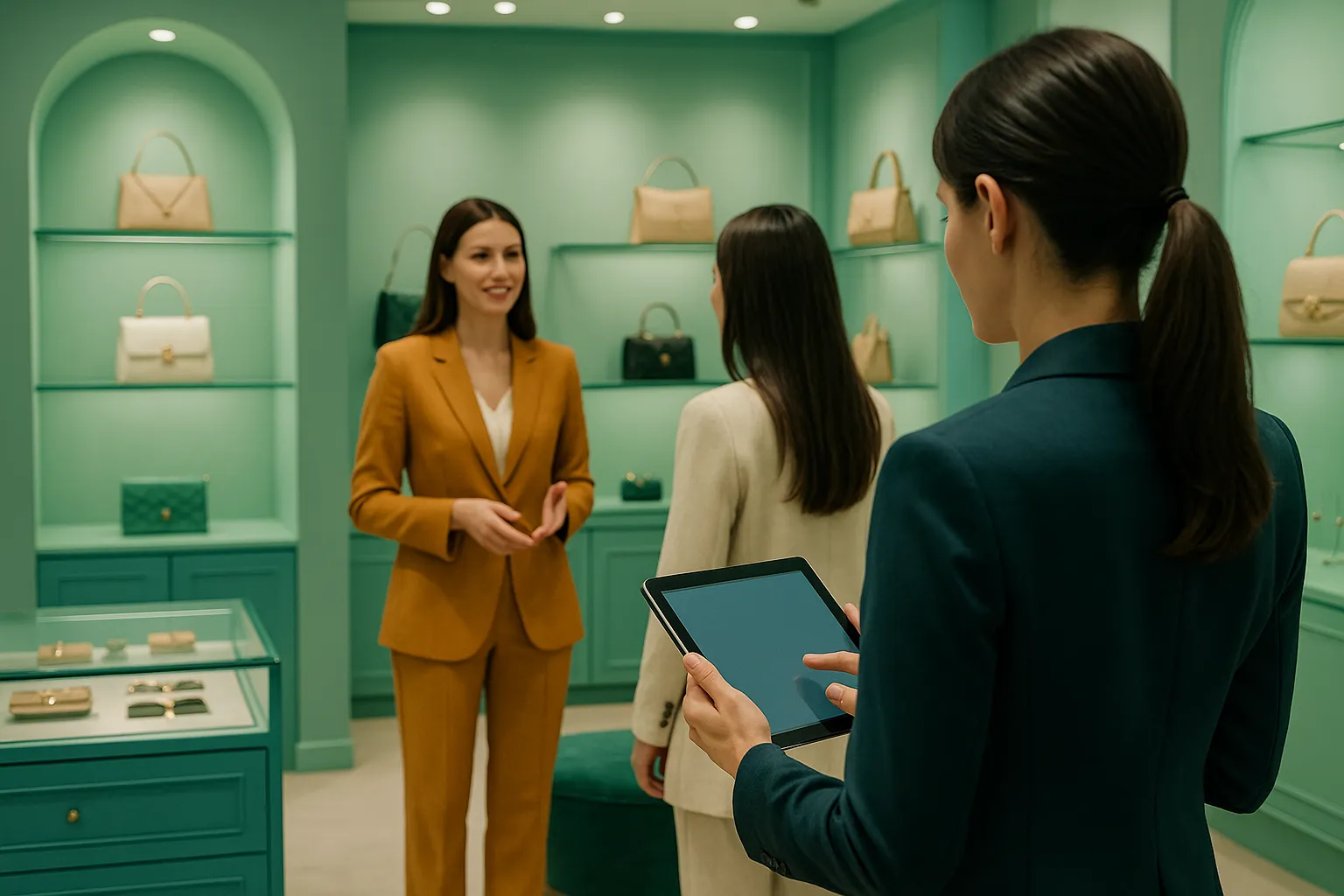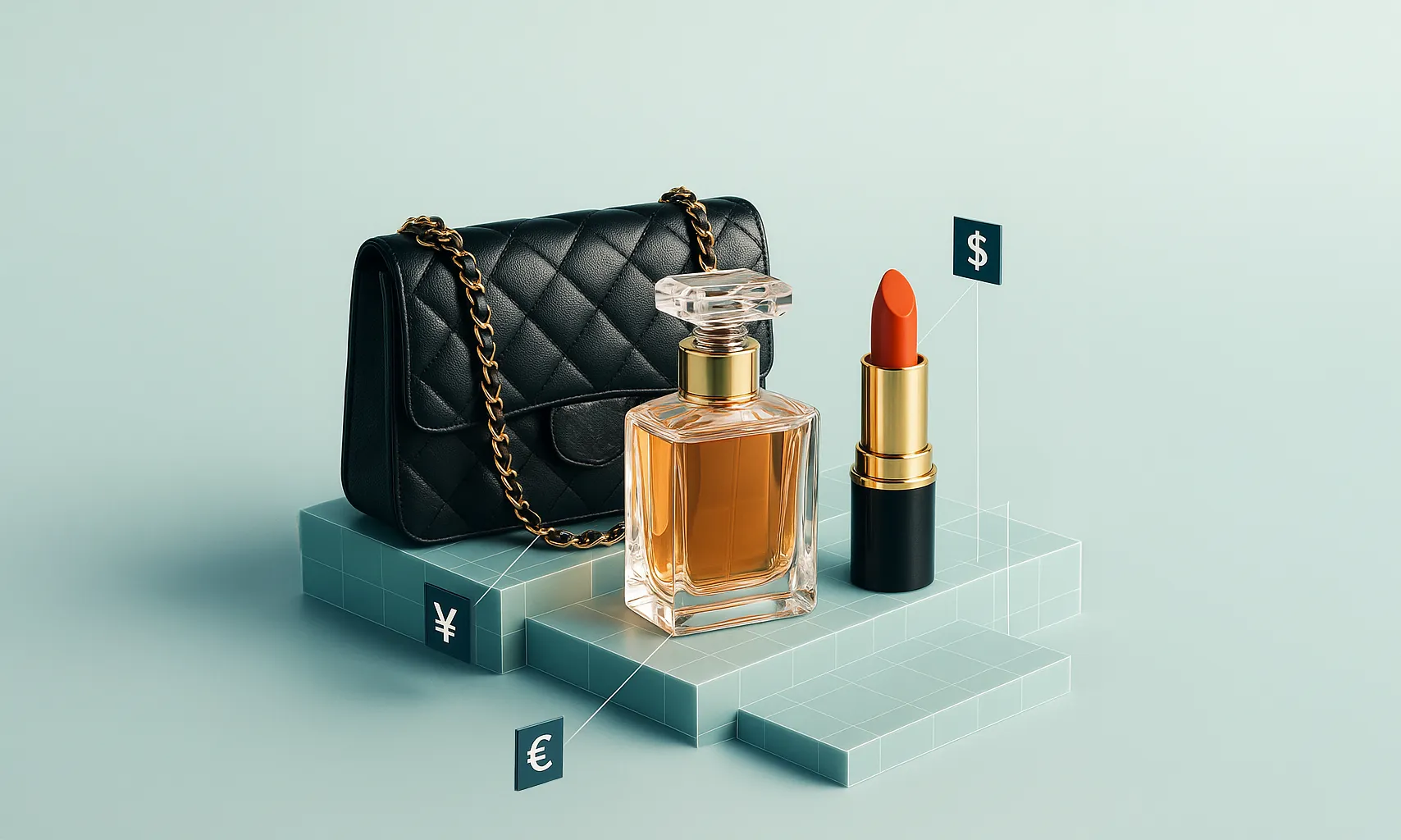Metaverse for Luxury Brands: Now or Later?
The metaverse, a term coined to describe a virtual shared space, is gaining traction as a new frontier for luxury and premium brands. While still in its infancy, the metaverse is already attracting significant attention from consumers and brands alike. Last year, we witnessed the first-ever metaverse fashion show, which suffered from early-adopter technological frailties, but still proved that infusing fashion with technology is exponentially rising in popularity.
In 2022, the conversation transitioned from asking if the metaverse will happen – to how brands will deploy it and how consumers will use it. In today’s world, the metaverse inception is inevitable, and according to EY, 25% of consumers are expected to spend at least an hour a day in the metaverse by 2026. Brands have become more eager to avoid the skepticism which plagued them in the past, particularly during the introduction of e-commerce and digital transformation 10-15 years ago.
Luxury and the Metaverse
Exclusivity: a key attribute of the luxury market, is well-suited to the metaverse. The ability to offer rare experiences and gain access to limited-edition products is enhanced through virtual reality and immersive technologies. Offering opportunities for status signaling, the metaverse allows consumers to showcase their wealth and taste through avatars, allowing them to express their individuality.
From a customer experience perspective, the metaverse could allow users to create personalized, delightful experiences that traditional retail and e-commerce channels are unable to match. Virtual reality and immersive technologies forge personalized, interactive experiences that help to foster a sense of community and connection among consumers – an attribute Gen Z craves.
While the magic recipe is yet to be conjured during the current experimentation phase, a few considerations are strongly encouraged for organizations:
- Define: uncertainty breeds disinterest
Without a clear definition of what the metaverse is, brands and customers will ignore its potential. The beauty and restraint of the metaverse lie in its complexity and limitless capacity. Built from a continuum of many different immersive digital experiences executed across a variety of platforms – instead of a single digital experience – allows the metaverse pliability to become whatever is desired.
2. Rationale: explaining the “why now” question
The metaverse has become more of a reality in 2022 thanks to 3 macro phenomena, including lockdowns in the wake of the COVID-19 pandemic, demographic trends toward younger luxury consumers, and a desire for customers to convert their interest from passive followers to active stakeholder involvement. Brands must cater to audiences that are now entirely comfortable with working and living in a virtual space and deliberately partner with gamers and two generations (Gen Z and Gen Alpha), where living in the metaverse will become second nature and will drive most of the luxury spending in the future.
Luxury and heritage brands rely on exclusivity, status signaling, scarcity, desirability, authenticity, resale, and secondhand attributes, which play into the strengths of both the metaverse and the blockchain. We believe that the metaverse will not necessarily replace existing distribution channels but instead complement both in-person retail and transactional e-commerce experience. If stores are to stay, CXG is well positioned to comment on how difficult it is to operate a retail network and generate consistently high levels of CX – even more in the wake of staffing boutiques and retaining talent in a post-pandemic era. Perhaps the metaverse may even provide a solution to typically dull and flat transactional-only e-commerce experiences.
Relevance: what’s in it for luxury and fashion brands?
Currently, brands are experimenting with the metaverse to generate positive PR, and storytelling is clearly ahead of its reality. However, in the future, the metaverse is predicted to generate daily business and client engagement by offering additional revenue streams (whereby customers can buy the digital twin of any physical product sold), engaging younger audiences to prepare them for the future (the average age of a Roblox player – the platform Gucci has been testing – is 13 years old), and by offering better authentication, supply chain control, and resale via the blockchain.
However, without mass adoption and access to applicable technology such as AR, VR, LIDAR, and 5G, the metaverse will struggle to materialize. Currently, one of the metaverse’s most notorious platforms, Decentraland, causes regular computers and laptops to crash as the average technology used today cannot support the tech of the future. However, the rate of development is moving quickly, so brands must prepare and be ready for expedited adoption. We encourage brands to follow these steps:
1. Create a concrete action plan: experiment, experiment, experiment! An interesting use case is Prada’s TimeCapsules NFT. Every month, Prada NFTs are released and correspond to a physical product (its digital twin) and grant access to exclusive events of the brand (among which is Prada Mode, a social club within Prada). It’s a very consistent experiment that creates value both within the metaverse and outside for the customer, regardless of where she or he is.
2. Create YOUR metaverse. There are multiple platforms (up to 160 metaverses – among which ten are working well from a technical standpoint). Choose the one that is the most sympathetic to your brand DNA and targeted audience. For example, Gucci has embraced Roblox: it was an on-brand endeavor where they managed to create something entirely Gucci. Even the Gucci Garden created on Roblox complimented a physical exhibition at the Gucci’s Archives Museum in Florence, where Archetypes mixed virtual reality with physical reality. We at CXG found this experience to be highly immersive and would recommend the experience!
3. Define a clear purpose or goal. Whether it’s to gamify, create a sense of belonging to a community or club, communicate value, or make a sustainability commitment (such as Carrefour drops of NFTs to raise awareness of the disappearance of certain fruits and vegetables if bees were to disappear, through an educational game in SandBox). Whichever purpose is selected should also be reflected through metaverse “corners” in the store. Currently, VR in-store is rather disappointing, but for consistency, it must elevate to align with the metaverse.
4. Learn from your early adopter customers. Capturing client feedback from the beginning will be essential. Of course, measuring the Advocacy Index (ACE) or NPS is vital, but also running qualitative interviews will yield concrete feedback that brands can use to fine-tune their metaverse.
5. Organization → Think Omnichannel! Certain brands have recently announced the launch of a metaverse Business Unit. We caution brands not to replicate the mistakes of the past, where e-commerce and digital teams operate in silos. An effective metaverse strategy should be cascaded through all teams and units.
6. Safeguard luxury heritage! A recent mishap whereby MetaBirkin NFTs were released and put on sale on OpenSea without Hermès’ authorization reminds brands to ensure that they must protect their assets (and SKUs) on the blockchain (e.g., Ethereum).
As luxury brands enter this space, a balancing act is needed between user-generated products (which is at the very core of Web3) and community-mindedness and exclusivity. It’s an exciting time when we are eagerly anticipating the very beginning of this new journey, and we’re excited to see how it continues to unfold! However, the success of the metaverse for premium and luxury brands will depend on their ability to adapt to a new environment and deliver on the expectations of their customers. This means that brands must invest in the development of new technologies, create a strong brand identity within the metaverse, and focus on creating unique, engaging experiences that deliver value to consumers and differentiate the brand from competitors.
As the metaverse continues to evolve, it will be important for luxury and premium brands to stay attuned to the needs and expectations of their customers. By embracing the potential of this new frontier and focusing on delivering exceptional customer experiences, brands can position themselves for success in the metaverse.

This article is part of a series of pieces following the Metaverse Report published by CXG in August 2022, co-authored by Christophe Cais, Silvia Coleman and Georges Al Feghali.



